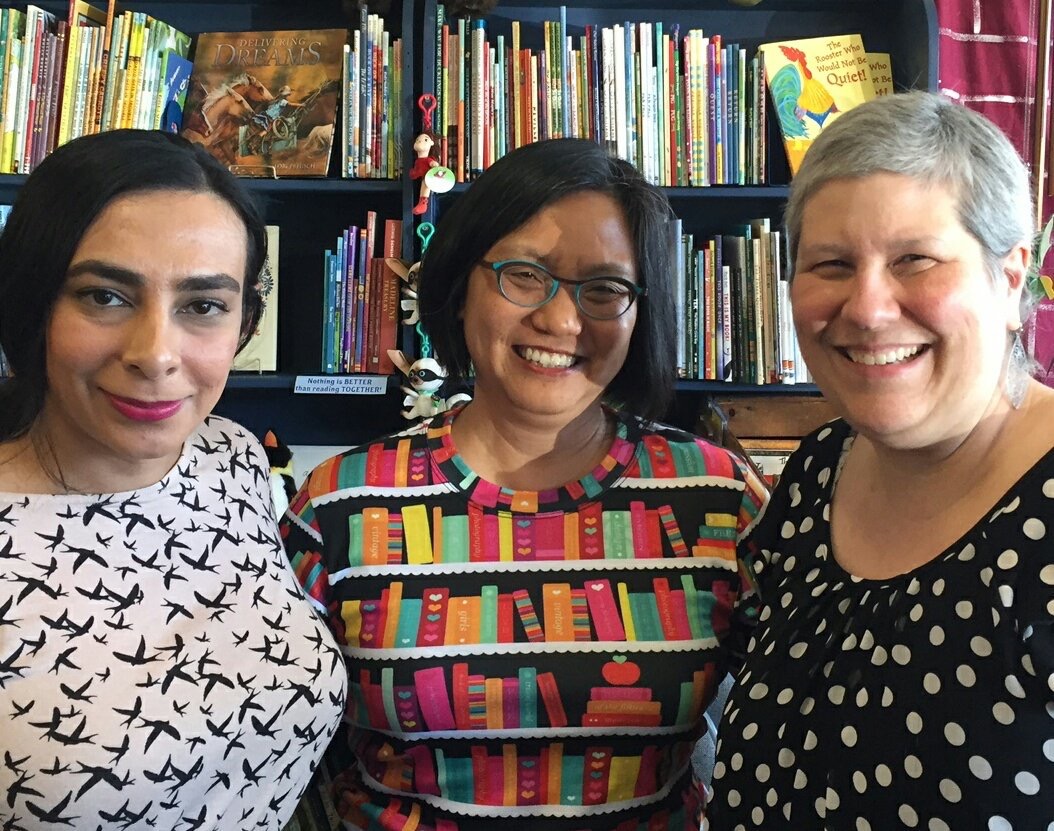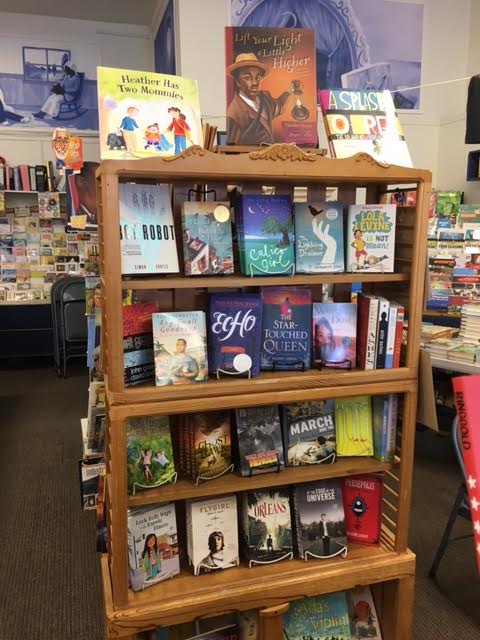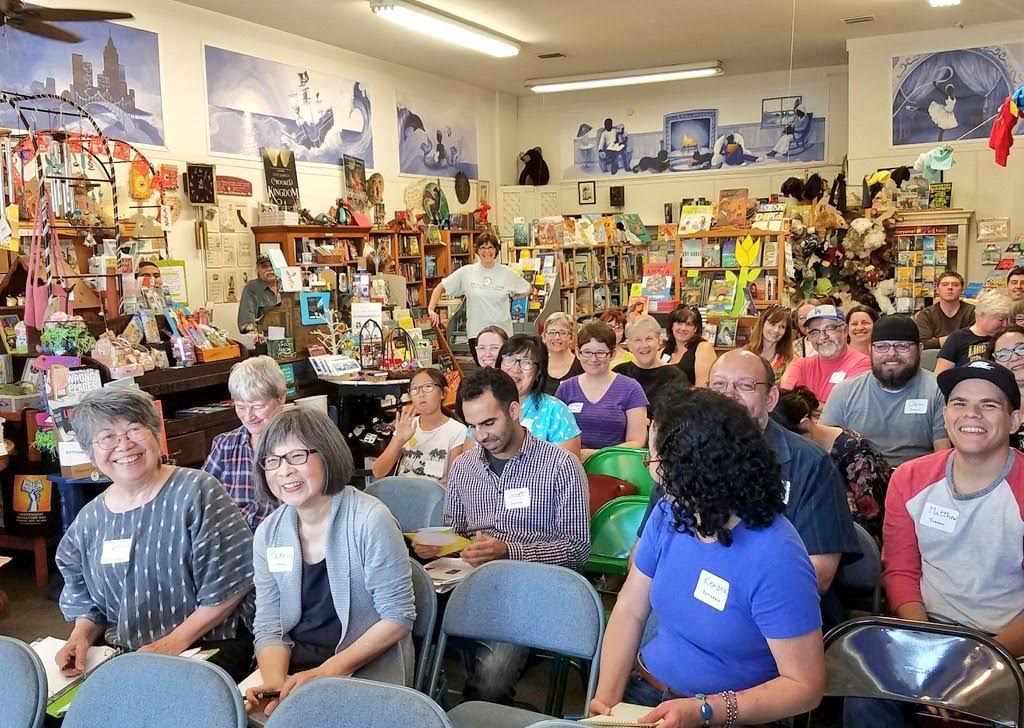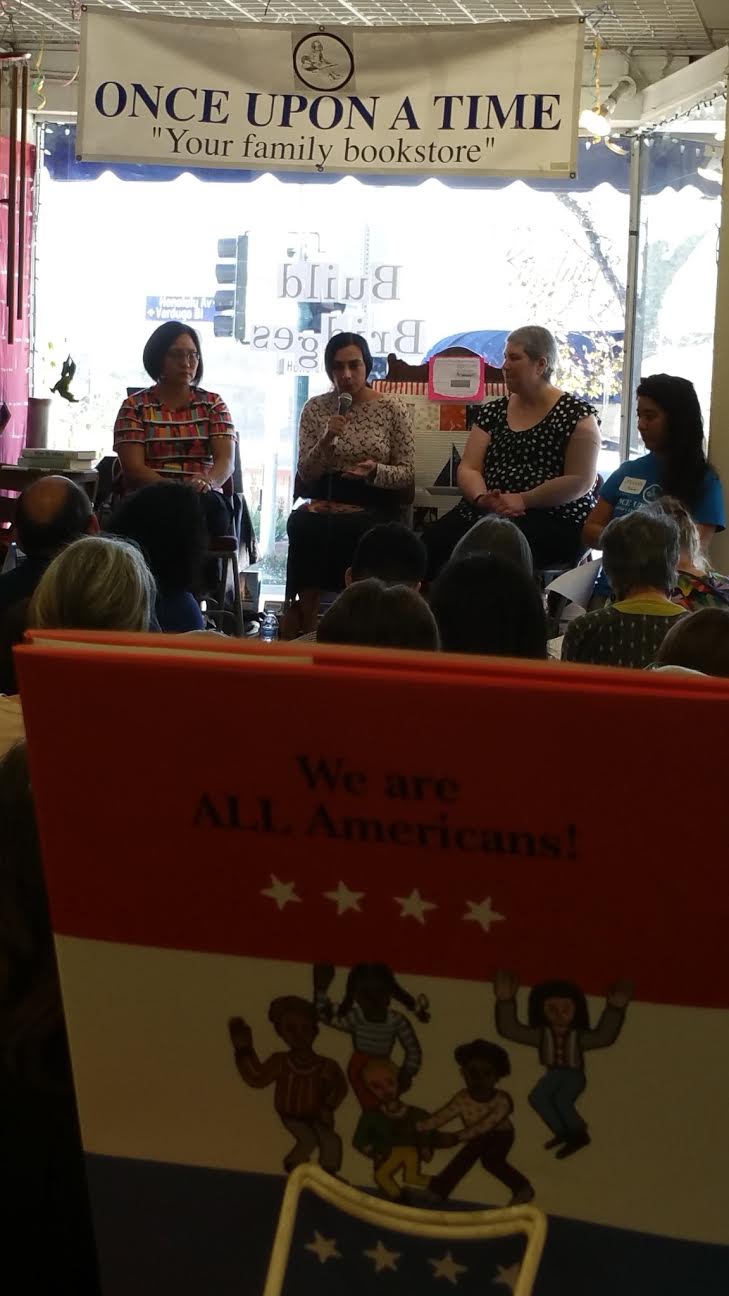All journeys have a starting place.
This is a weekly place to find books and tools
that you may use with readers at the start of their reading journey.
Join in the conversation at #road2reading.
Each week, Michele Knott and I post about new early readers and transitional chapter books. We hope that you will join in with your own posts or enter into discussion through the comments.
Today, I did a training with instructional coaches. At a basic level, I wanted them to walk away feeling more confident in their ability to pick books and match them to readers. If they could see that it was possible to evaluate books and make good matches without the use of an app or an AR Level, then maybe they could share that understanding with the teachers they work with and as a result, others would develop the same confidence.
It was interesting to observe as they looked at and sorted 100+ books into different levels. I found it fascinating to see which books were placed where. As small groups of teachers discussed the books in front of them, I eavesdropped in on their conversations. Occasionally, I interjected a comment. At other times, I sent a book back to the group that tried to pass it off to an "easier" level and asked them to take a closer look. Overall, they worked hard and had honest, reflective conversations with one another. I suspect that for many they have never had this kind of discussions about books. Not because they are not interested in having the discussions but because we often don't have the time to actually look at books and talk about them. Other tasks get in the way, which is why so many teachers want an app or program to level a book for them.
When I started this challenge, I modeled it after the Nonfiction Picture Book Challenge I host on Wednesdays. It was basically with the thought that I would read a bunch of books and share a bunch of titles. However, as each week passes, I realize that early readers and transitional chapter books are a completely different beast. One that is often misunderstood and overlooked, unable to compete with their cousins known as the picture book with it's beautiful illustrations or the more developed and lyrically charming, middle grade novel, early readers and transitional chapter books are seen as a stepping stone to the next level.
As a result, I will probably alternate sharing book titles and reviews with exploring aspects of early readers that will assist teachers working with children in this reading level to grow as a reader and as a reader who loves books. To better focus these posts, I would love to know what questions you have about early readers and transitional chapter books. Please share thoughts in the comment section below.
Thanks for stopping by and don't forget to check out Michele's post and link up your #Road2Reading Challenge posts below.

































